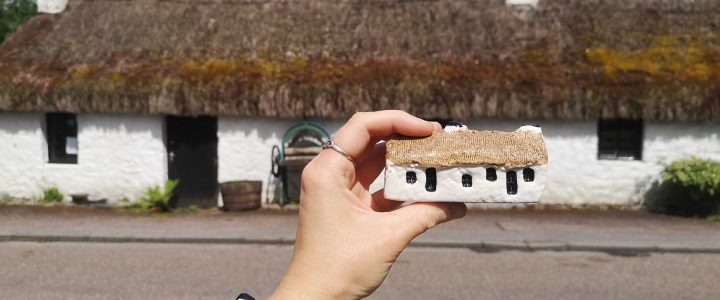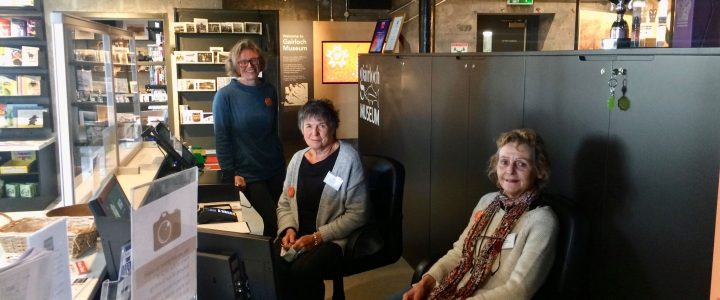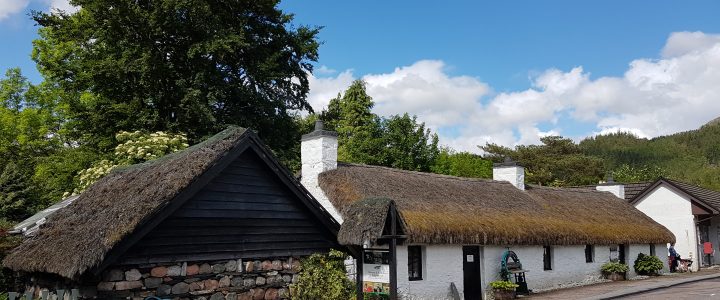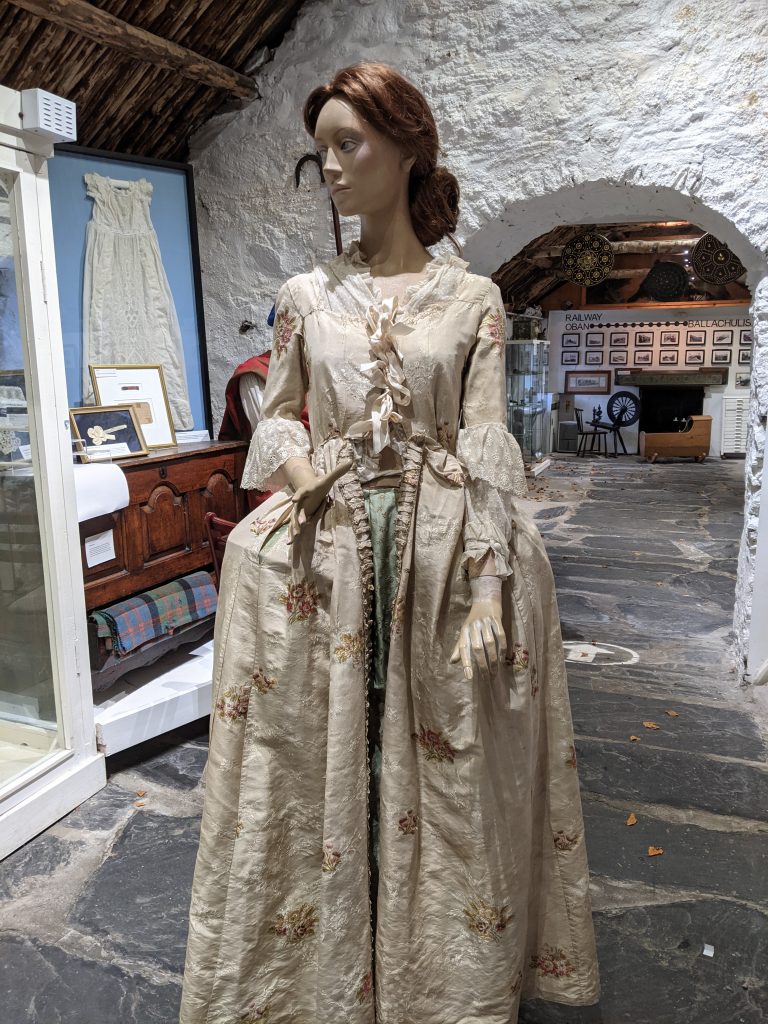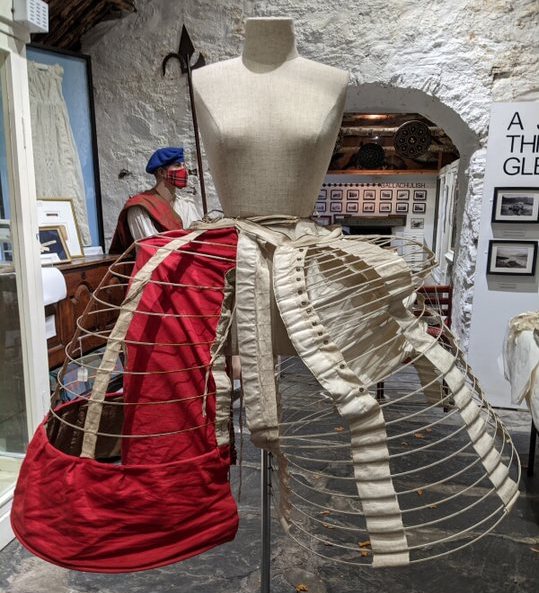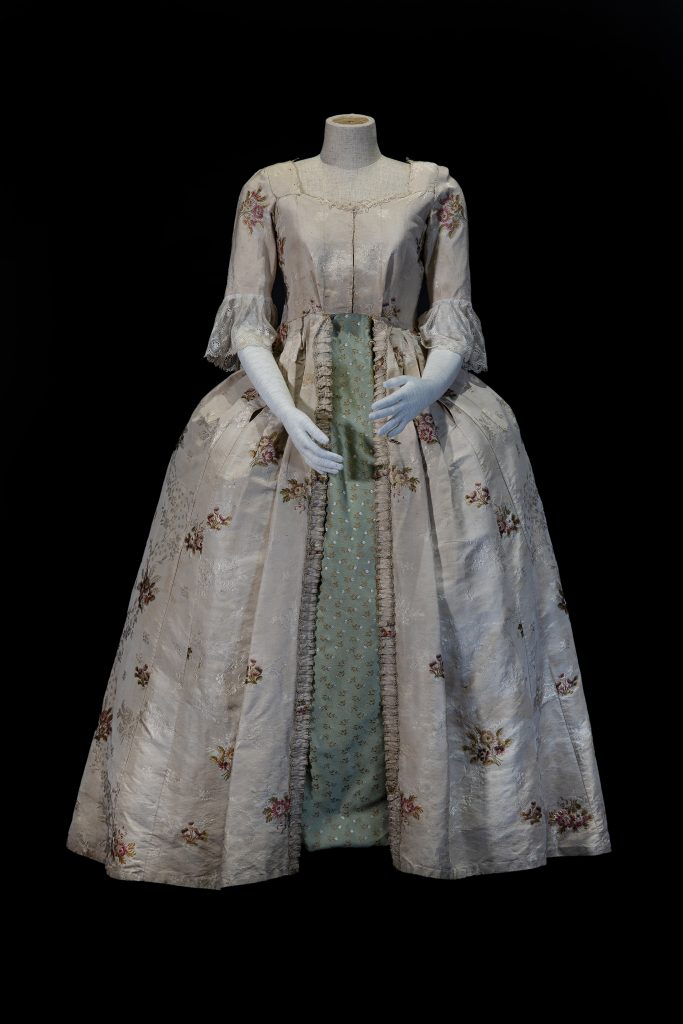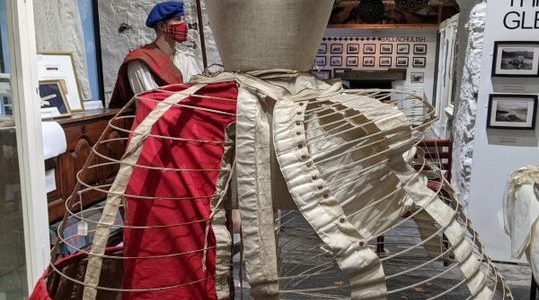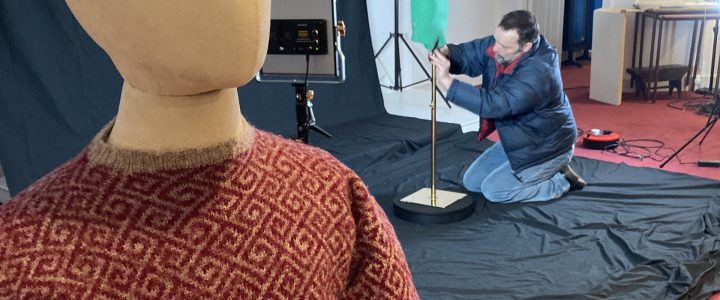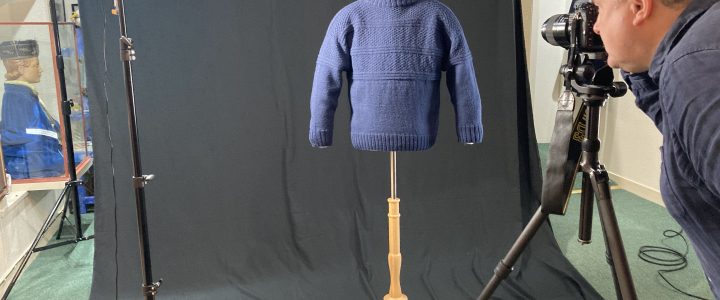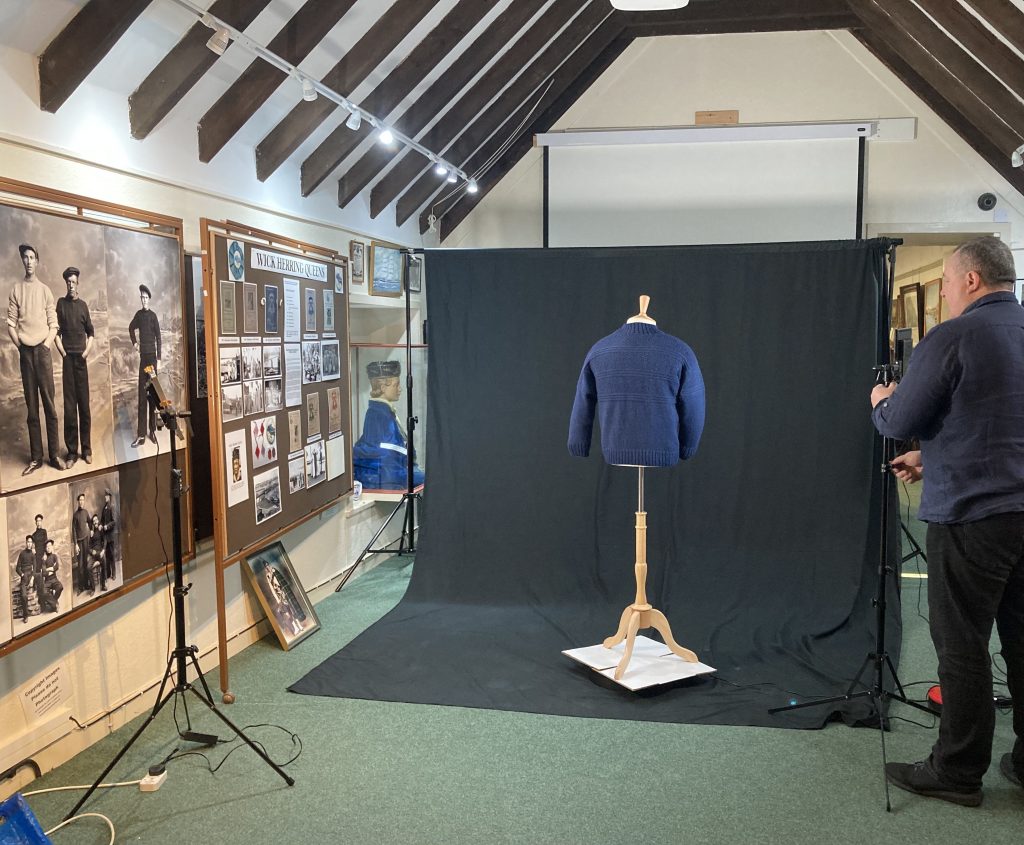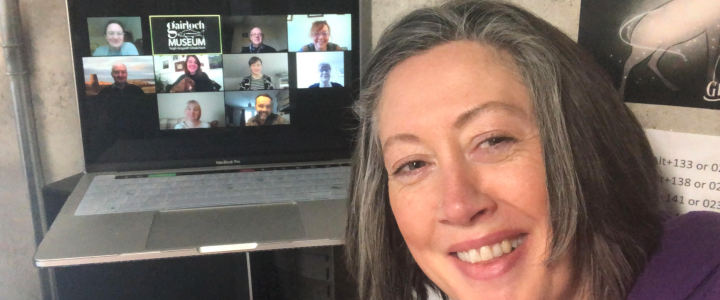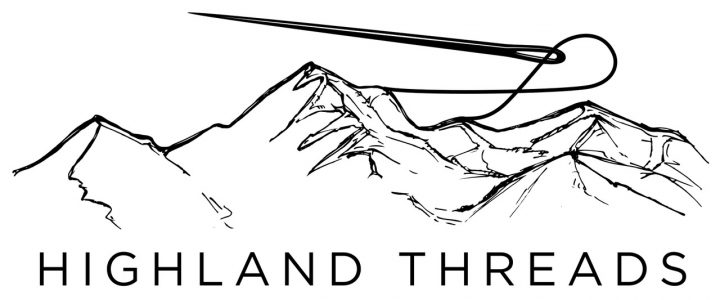We invited Catriona, curator at Glencoe Folk Museum, to talk to us about the journey they have been on with the Steps to Sustainability programme.
In 2021, we were successful in our application to take part in Steps to Sustainability – a programme run by Social Enterprise Academy and supported by the National Lottery Heritage Fund.
The aim of the programme was to support organisations through a specific project of their own choosing, through a combination of workshops, facilitated sessions, discussions and networking. Following successful completion of the programme – and delivery of a presentation outlining plans, costs and profit – each organisation was awarded £5000 towards their project, with a further £5000 promised further down the line, provided we could evidence that our project was a success.
We chose to focus our project on our gift shop. An issue we have always had (and maybe something other Highland Museums can relate to) is a lack of funds at the start of the season to invest in shop stock, and not wanting to risk spending money on products that might not sell well. The money from this programme allowed us the freedom to experiment with new lines, commission our own bespoke products based on objects from the collection, cover high “minimum spend” for new sellers, and put in much larger initial orders to keep us well stocked.
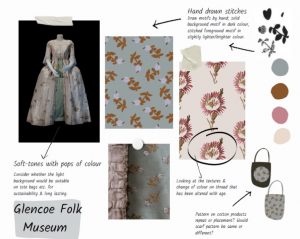
With the first £5000, we commissioned Paper Houses Design to create a pattern inspired by our Spitalfields Silk Dress (as featured in Highland Threads), which we then had printed on tote bags, tea towels, mugs and silk scarves. We also invested in local artist Lilli (Discover & Draw), who uses the local landscape to inspire her work, and sells items including mugs, bags, cards, stickers, water bottles and coasters. Finally, local model-maker Jodie created Ballachulish Goddess keyrings for us, based on our replica. These were probably the most popular out of all of these items – a completely unique and quirky souvenir of the area and the museum!
Seeing how each of these products sold allowed us to determine how to spend the remaining £5000. We could see that visitors appreciated unique items which had a strong Glencoe connection – whether to the museum, the community who created them or to the landscape. Our most unique selling point is our museum cottages, so we decided to commission “museum bothies” – little thatched ceramic double-cottages in the style of our museum. These were created by Glenshee Bothies, and we also invested in their pre-existing coloured bothies, tin-roofed bothies and single-cottage thatched bothies.
We also invested in some local businesses: we bought a range of soy candles from the Glencoe Candle Company, local heather honey from Jahama Estate, a selection of loose-leaf teas made just along the road in Mallaig and jewellery by a local crafter. We were also able to stock up on more Ballachulish Goddess keyrings and more items from Discover & Draw.
Finally, we expanded our children’s range. This is something I feel that the gift shop has been lacking for a while, but sellers seemed to have quite large minimum orders and minimum spend for new retailers. The funding allowed us to stock a wide selection risk-free. We opted for Living Nature soft toys of local wildlife and a range of retro ‘pocket-money’ toys such as slinkies, cup-and-ball, pick-up-sticks and spinning tops.
I have to admit that I found the programme itself a little time-consuming, though I was the only member of staff at the time (colleague was furloughed) so was trying to juggle a lot of balls and hadn’t quite realised what I was signing up for. It consisted of two back-to-back full day Zoom sessions each month for 3 months plus extra optional courses on things like marketing or retail, one-to-one mentoring sessions and also time spent preparing the presentation. It was all really useful stuff though, and for organisations with dedicated members of staff running e.g. the gift shop or café, this should be much more manageable and shouldn’t cause any issues! The organisations taking part in the same round as us – which included the Andrew Carnegie Birthplace Museum, Dundee Transport Museum and Mary Burgh Halls – all agreed that it was extremely useful to be able to connect with other museums running similar projects, and to get advice and discuss problems with peers. I also found that our mentor was extremely knowledgeable and full of great ideas for taking things forward after the end of the programme.
So, despite the long sessions, this programme was absolutely worth it for us. Our gift shops sales and profit have increased remarkably; in June 2022, we saw a 190% increase in profit from the gift shop compared to June 2019, and every other month has been at least 50% up on 2019. I put this down to having a retail offer that is unique, thoughtful and local, giving visitors the opportunity to purchase souvenirs that they can’t get anywhere else – and we wouldn’t have been able to create this offer without the funding and support from the Steps to Sustainability programme.
Round 3 of the Steps to Sustainability programme is starting in October 2022. You can find out more here.

